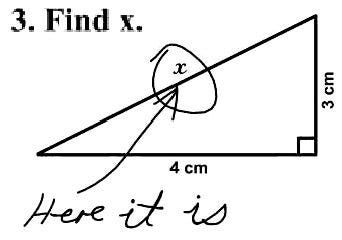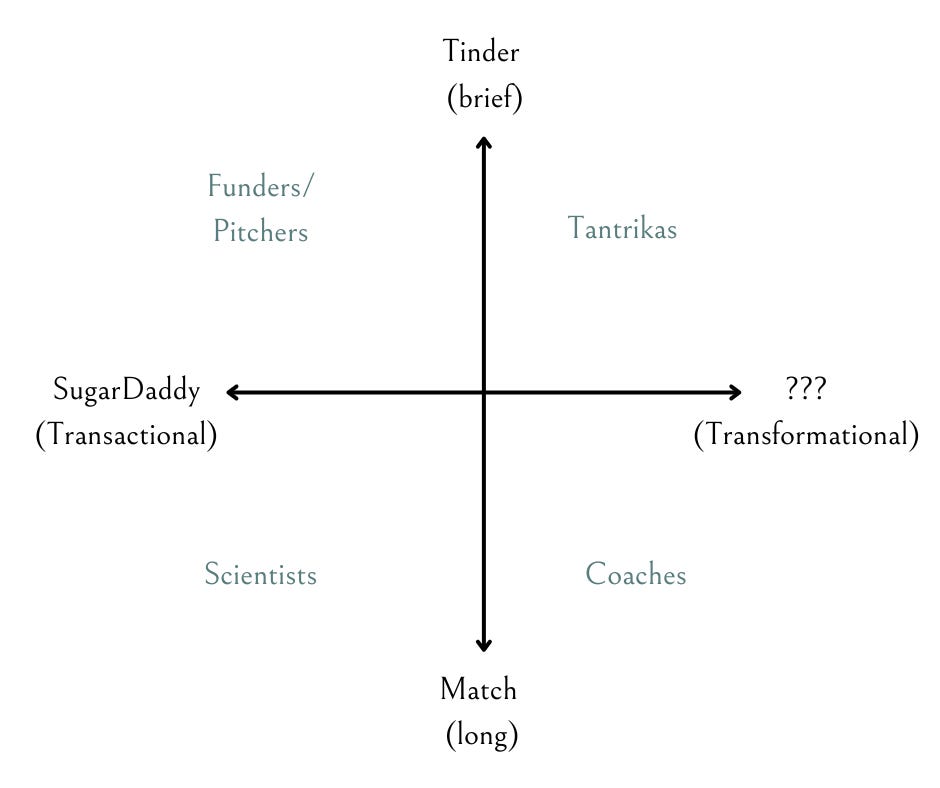A Guide to Better Networking, Pt. 1
4 ways to make your networking events suck less. In this edition: how to prepare.
Let’s be honest here. Networking sucks.
Okay, maybe not ALL networking. But most of the time, hosts seem to think that sticking a bunch of professionals in a room with some canapés will lead to long-term connections. In reality, it just leads to a bunch of anxious professionals, and business cards that will get thrown away in the morning.
Let’s make this better, shall we?
There are 4 parts to hosting an incredible networking event.
Find the intention and the form
Prepare your participants
Offer them novel, structured ways to connect
Encourage followups
That’s it.
Lest this article get too long, we’ll start with parts 1 and 2. I’ll publish parts 3 and 4 later, specifically for paid subscribers!
One: Find the Intention and the Form
Networking usually happens within the context of a larger event, like a professional conference or meetup. These events usually have constraints, such as time and space; and expectations, such as social norms or participant desires. More importantly, they have goals. There is something your event could accomplish for these people that they really need.
Your job is to figure out what that need is, and meet it - more completely and elegantly than anyone expects.
How to find the goal
You find the goal by asking the organizers, in advance, who is coming and what they want. Or, by talking with attendees or people like them about their needs.
Ask:
If this event went better than you expected, what would it look like? What would you walk away with?
What is the most important or exciting thing you could get out of this?
What sort of connections are you really needing in your [personal/professional] life right now?
Next, you find a form for the event that best meets that goal.
To explain this, let’s make a comparison to dating apps.
Finding the form
Networking events can exist anywhere within this quadrant:
Tinder - You want your attendees to meet as many people as they can, as fast as they can.
Match - You are fine if an attendee only meets one other person during the night. You want each profile to be extensive.
SugarDaddy - People are here for one thing, and you’re going to help them find it.
??? - People may think they’ve come for a relationship, but actually, your event/app shows them that their deeper desire and the possibilities therein are more than they ever imagined.
If someone manages to code that one, let me know.
Where an event lands on this quadrant depends on its goal.
For instance, where would you best put networking between:
A group of scientists all working on the same problem, looking for cross-field connections to help them solve it
A group of coaches who want to meet others in their field, at the start of a larger multi-day event
A group of funders and project pitchers who only have 15 minutes to get to know each other’s capacities
A group of practitioners on the last day of a tantra retreat who want to see each other’s souls
(don’t look…)
(okay, now you can look)
The goal for the funders is to get to know, fast, what projects they might be interested in. In 15 minutes they want a pitch, not a relationship. The pitchers need to know who they could pursue for followup conversations.
The goal for the scientists is to find who has the knowledge they need. They are looking for something clear and transactional, but it will take time to learn what each person has to offer.
The goal for the tantrikas is to see each others’ souls. Deep eye-gazing and sharing can happen quickly but still be profound. The prompts you give can transform them. They don’t need to know much information about each other, so you have more space to play in the transpersonal.
The goal for the coaches is to start conversations and relationships that can be followed up on. They’re open to something deep, something interesting, and may not care about meeting many people if there will be later opportunities.
There is one other element to this.
If you only offer what participants think they need…you may miss bringing your unique brilliance.
The pro question is: can you find the intersection between what people say they need, what you think they need, and what you love offering?
Homework (yes, there is some)
For your next event, see if you can map where your desires fall on this quadrant, and where your attendees’ desires fall. Consider potential intersections or points of creativity.
Two: Prepare Your Participants
You’ve decided on the goal for the evening. Now, how do you help attendees find their own goals? How do you help them prepare to get the most out of this event?
You can do this through questions sent out before an event, if there is a sign up. Or, you can give attendees a few minutes to consider as you’re beginning.
Here are two great transactional questions that can help people consider their context:
What are you looking for tonight? (Friend, marketer, client, lover, collaborator)
What can you offer tonight?
Here are two transformational questions:
How do you want to show up in this networking event? What aspect of yourself do you want to bring?
How will you let others affect you tonight?
Pro tip: At the start of the event, as you sign people in, give them a little sheet or card with these two questions (or something like them). Invite that as they arrive, they can consider the questions on their own, or they can talk about their answers with others there. This gives a way for the early introverts to have a solo moment, and the early social arrivers to connect!
More to come in Part 2: The Eventening! (no, that will not be its name) (…no definite promises)
Your loving Thought-Dom,
Sara Ness







